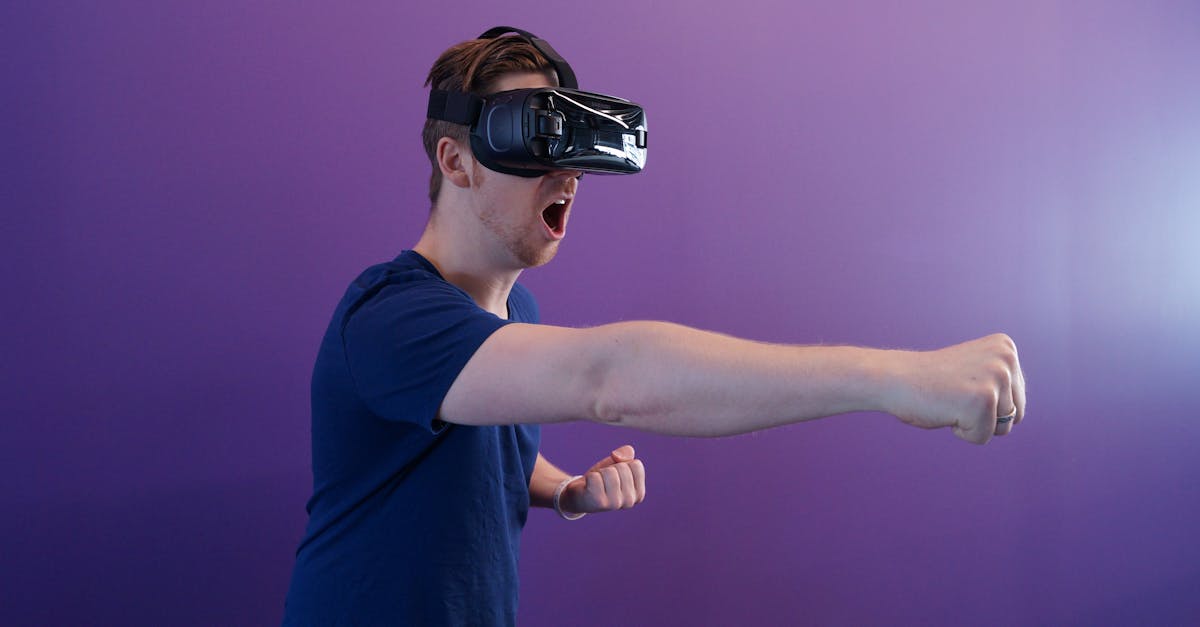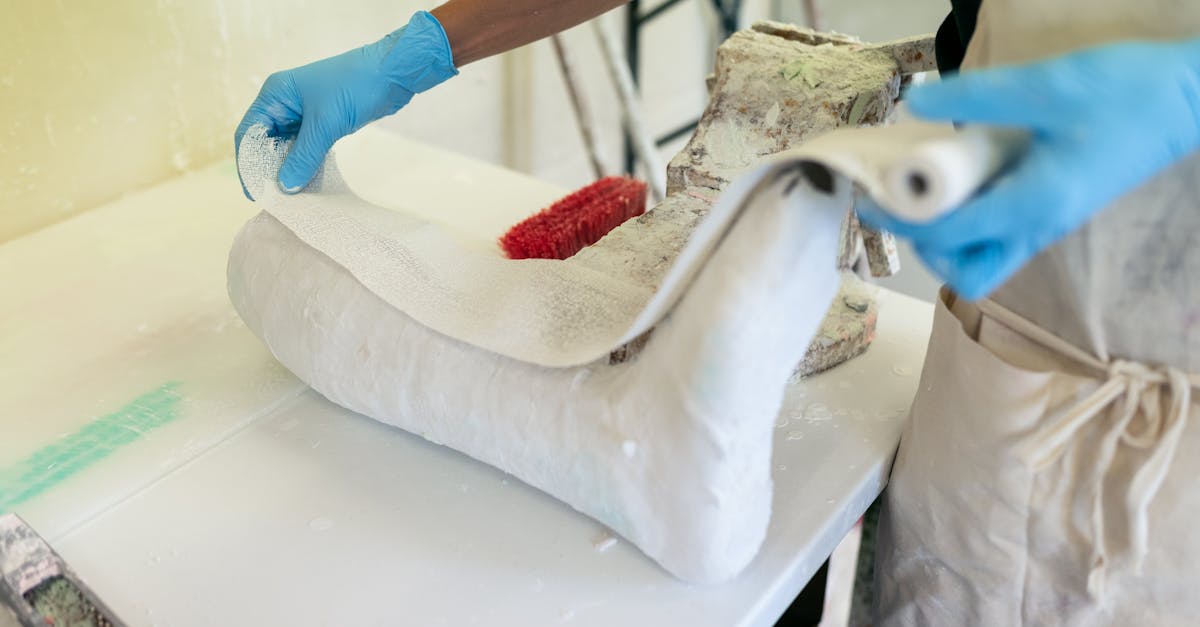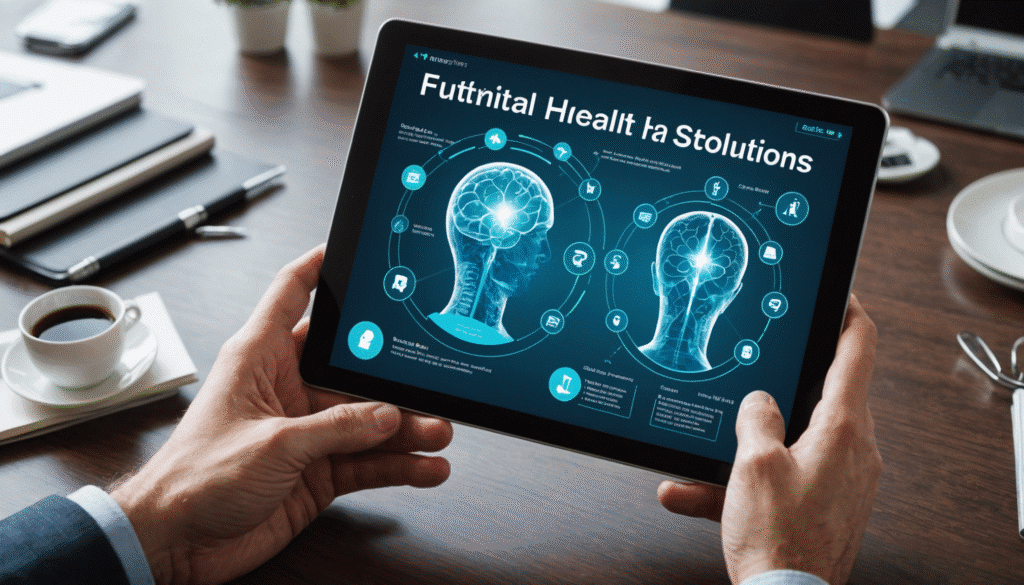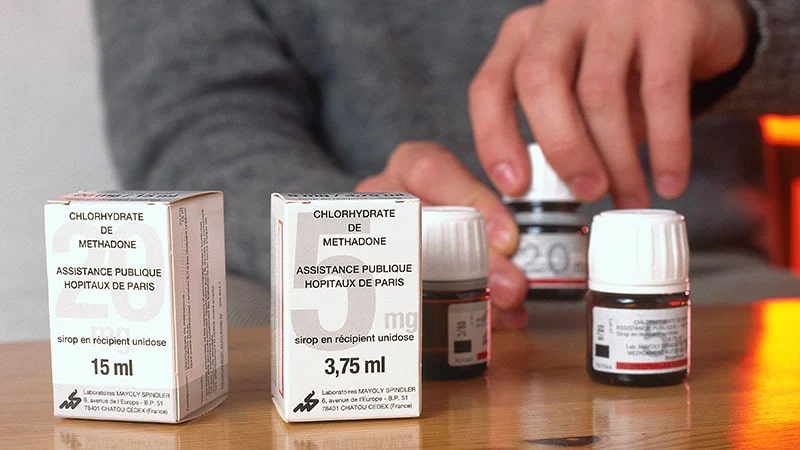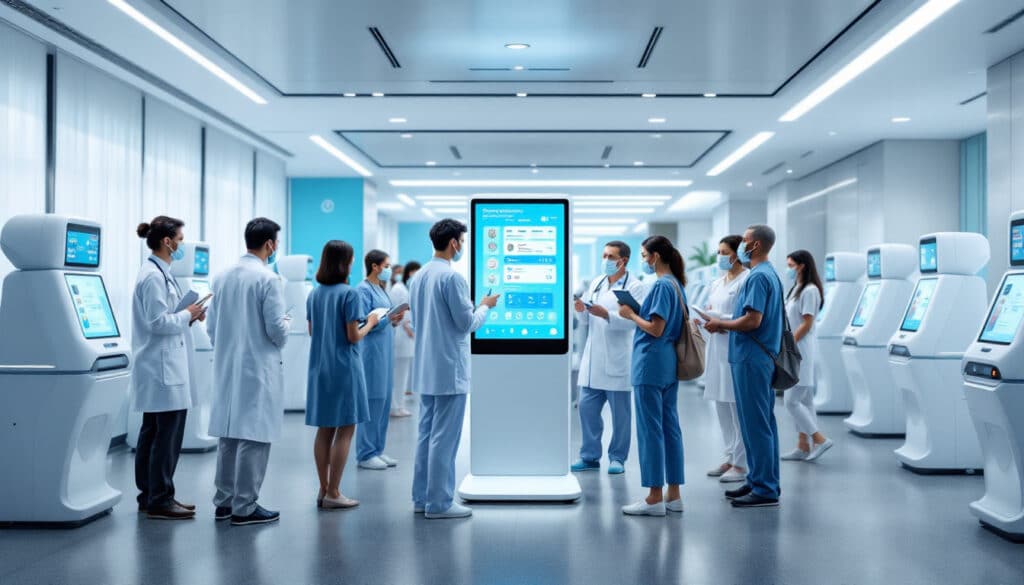The evaluation of the results of the orthoptic rehabilitation in patients who have undergone stroke (stroke) is essential to measure the effectiveness of the interventions implemented. This rehabilitation aims to correct visual disorders often associated with stroke, such as binocular vision deficits and visual coordination difficulties. By analyzing the results obtained, it becomes possible to adapt therapeutic strategies and improve the quality of life of patients. The conversions of the brain plasticity and observed progress must be accurately documented in order to provide valid data for personalized and effective care.
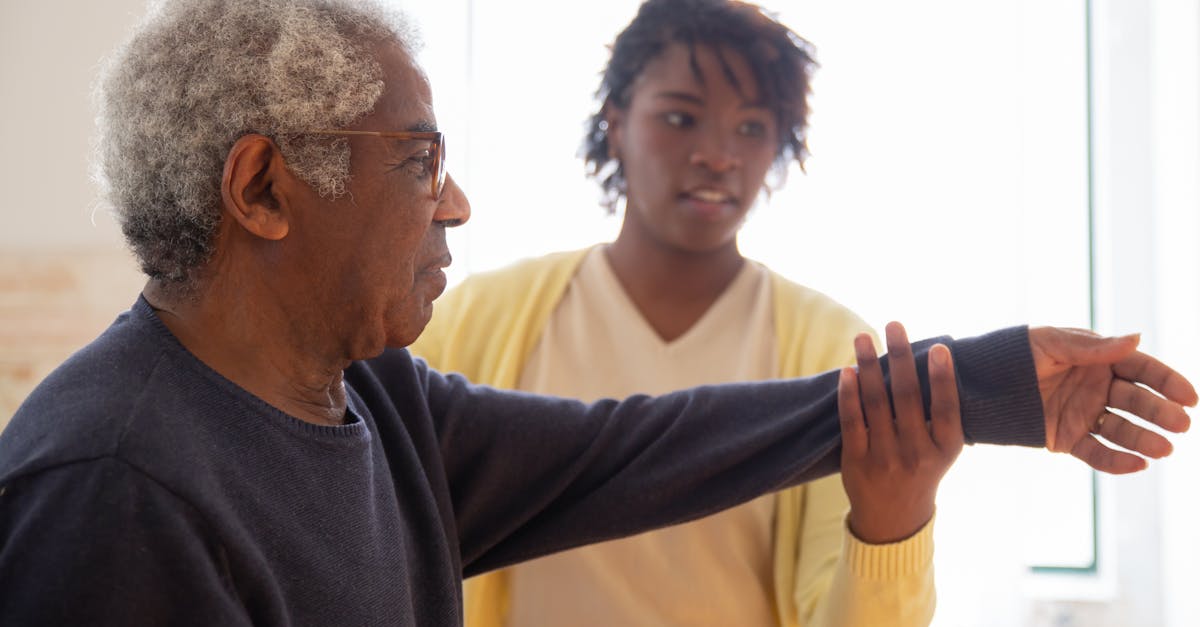
Cerebrovascular accident (CVA) constitutes a major medical event, often followed by after-effects which have a significant impact on the quality of life of patients. Among these sequelae, visual disturbances are common and can include problems such as diplopia, visual field loss, or disturbances in visual perception. Orthoptic rehabilitation plays a crucial role in the management of these visual disorders, thus allowing functional rehabilitation adapted to each patient. Evaluating the results of this rehabilitation is essential to optimize care protocols and guarantee improvement of symptoms.
Orthoptic rehabilitation includes a set of techniques aimed at re-establishing balance and coordination of eye movements. It is part of an interdisciplinary therapeutic framework where the role of the orthoptist is central. The latter, in collaboration with other healthcare professionals, carries out a comprehensive initial assessment, which includes the analysis of visual functions, the study of eye movements, as well as an observation of the patient’s cognitive and motor abilities.
An orthoptic assessment is based on standardized tools to assess the severity of visual disorders. This first assessment is generally divided into several stages: evaluating near and far vision, testing fusion abilities, evaluating eye movements, and determining the possible presence of strabismus. The interpretation of these results requires specialized training, because each parameter can influence the chosen therapeutic approach.
Once the acute phase of the stroke is overcome, reassessment becomes essential. It makes it possible to measure the progress made by the patient and to adjust the rehabilitation objectives according to the evolution of visual and cognitive abilities. Rehabilitation sessions are often personalized and are based on a specific exercise program, tailored to the patient’s individual needs. The use of modern tools such as visual rehabilitation software can also enrich traditional approaches, facilitating accurate monitoring of results.
To quantify the results of orthoptic rehabilitation, several indicators can be integrated. On the one hand, we can consider the improvement in visual scores during successive assessments. This measurement can be supplemented by the evaluation of the perception of quality of life through validated questionnaires. Indeed, the subjective satisfaction of patients with their visual perception is an essential aspect to consider when evaluating the results. On the other hand, the social and professional adaptation of the patient constitutes another relevant indicator to take into account.
It is important to emphasize that neuroplasticity is at the heart of the rehabilitation process. The brain has the adaptive capacity to compensate for some of the functions lost following a stroke. Thus, the implementation of orthoptic rehabilitation can be used to exploit this brain plasticity, by stimulating alternative neural networks and facilitating reeducation of visual functions. Recent studies indicate that the intensity and frequency of rehabilitation sessions are determining factors in the effectiveness of the results obtained.
In addition, clinical studies have made it possible to acquire significant data on the importance of teamwork in the care pathway. Collaboration between ophthalmologists, neurologists and orthoptists considerably improves patient care. This multidisciplinary framework promotes the exchange of information concerning the evolution of disorders and allows the adaptation of rehabilitation protocols according to the patient’s needs. In this context, the evaluation of results becomes a dynamic process which makes it possible to monitor the patient’s recovery throughout their journey.
We must also not neglect the psychosocial factors which influence rehabilitation. Support from family and loved ones is crucial for patient motivation. A good environment can boost self-confidence and give patients the means to overcome the challenges of rehabilitation. Taking these aspects into account is essential in a rigorous evaluation process of the results of orthoptic rehabilitation.
Research continues to evolve in the field of post-stroke orthoptic rehabilitation. Studies highlighting innovative protocols and the use of digital tools are expanding. New technologies, such as virtual reality and mobile applications, offer interesting prospects. These platforms could enable remote monitoring, making visual training possible as part of the patient’s daily life. The applicability of these methods could considerably improve access to rehabilitation for certain patients while increasing the effectiveness of care.
Finally, the evaluation of the results of orthoptic rehabilitation should not be limited to the quantification of visual disorders. This assessment must be part of a broader framework, taking into account the patient as a whole. By integrating their needs, their expectations, as well as their social environment, the practitioner will be able to develop a tailor-made rehabilitation plan. The impact of orthoptic rehabilitation on the autonomy and social reintegration of the post-stroke patient makes it a central element of the care pathway which deserves to be evaluated rigorously and continuously.
To delve deeper into the subject of orthoptic rehabilitation and its evaluation, additional resources such as those present on Clinical Approach to Orthoptic Rehabilitation in Patients With Strabismus as well as Orthoptics in the treatment of binocular vision disorders can offer additional insight into best practices and recommendations in this area.
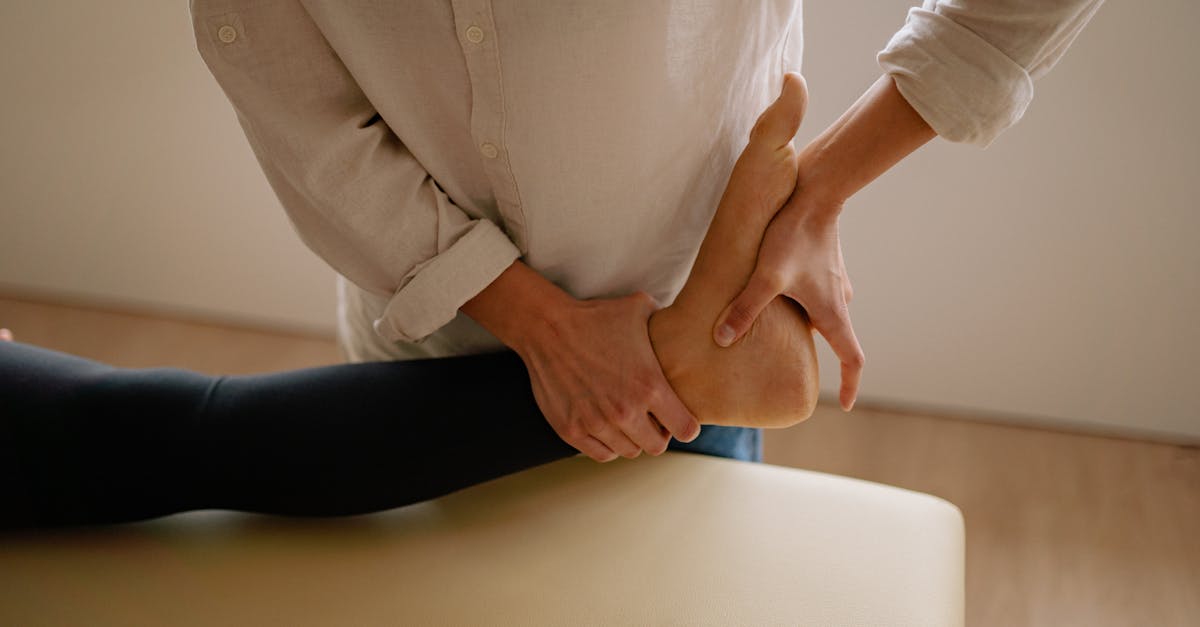
Orthoptic rehabilitation plays an essential role in the care of patients who have undergone stroke (stroke). This approach aims to assess and improve vision problems that may result from a stroke. The results of this rehabilitation must be meticulously evaluated to determine the effectiveness of the interventions and the progress of the patients. This article provides recommendations on the evaluation of the results of orthoptic rehabilitation in post-stroke patients, with emphasis on evaluation methods, factors influencing results and the importance of multidisciplinary follow-up.
Methods for evaluating results
The evaluation of the results of orthoptic rehabilitation must be carried out using four main aspects : clinical evaluation, functional tests, self-monitoring measurement tools and subjective evaluation. There semiology of disorders vision, such as diplopia, strabismus or visual perception disorders, must be clearly identified during initial assessments. In addition, functional tests such as measuring visual acuity, visual fields and eye movement provide a quantitative assessment of visual abilities. Self-monitoring assessment tools may include follow-up diaries, while subjective assessment by patients and caregivers provides insight into the felt impact on quality of life.
Factors influencing rehabilitation outcomes
Several factors can influence the results of orthoptic rehabilitation in post-stroke patients. First of all, the age of the patient plays a significant role, with young adults often having a better recovery potential compared to older people. Then, the nature and location of the stroke also determine the severity of visual deficits. It is fundamental to consider the cognitive state of the patient, since associated disorders, such as concentration or memory disorders, can hinder visual recovery. Finally, the timing of the start of rehabilitation, ideally in the acute phase, is crucial to maximize results.
Importance of multidisciplinary follow-up
A follow-up multidisciplinary is essential to guarantee a comprehensive and consistent evaluation of the results of orthoptic rehabilitation. By integrating the efforts of orthoptists, ophthalmologists, neurologists and psychologists, each aspect of visual and cognitive disorders can be taken into account. Regular communication between the different members of the care team makes it possible to adjust rehabilitation protocols according to the progress of each patient. Additionally, psychological support offered alongside orthoptic rehabilitation can help improve not only visual outcomes, but also adherence to treatments, thus promoting more effective recovery.
Conclusions on the evaluation of results
It is essential to design a method for evaluating the results of orthoptic rehabilitation that is individualized and adapted to the specificities of each post-stroke patient. By combining objective and subjective assessments, taking into account the various influencing factors and ensuring an interdisciplinary approach, it is possible to optimize the quality of care and significantly improve the quality of life of patients.


